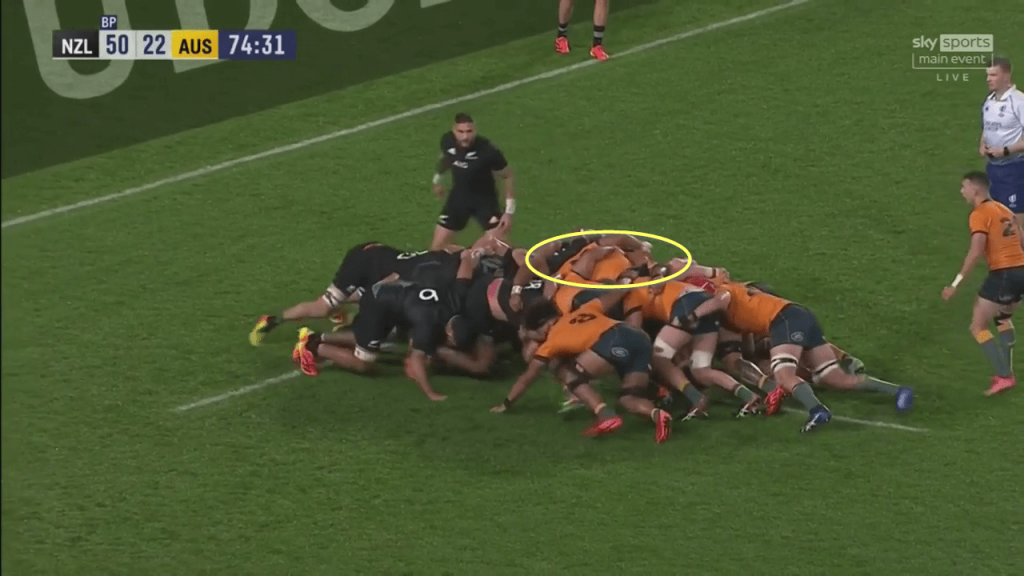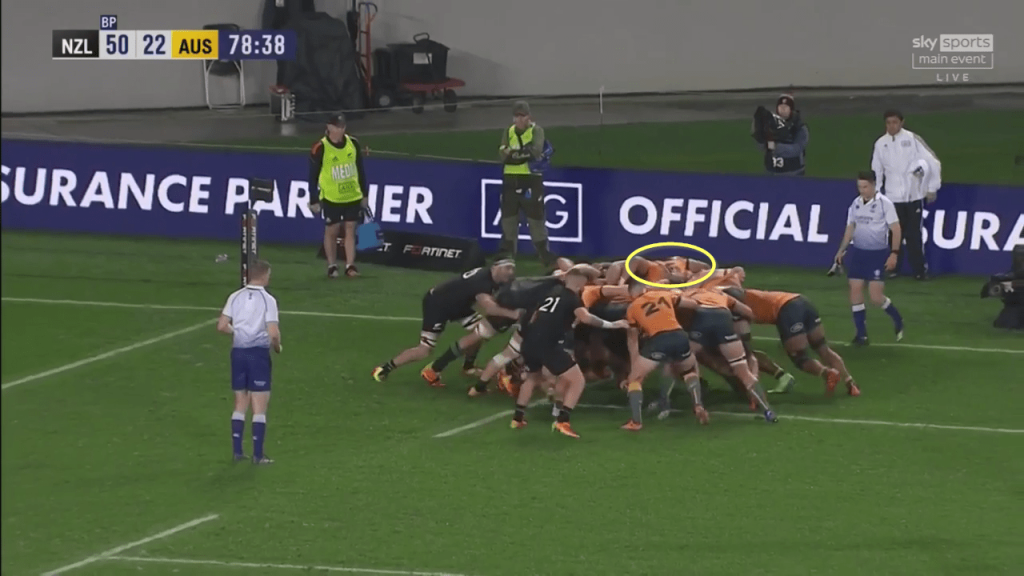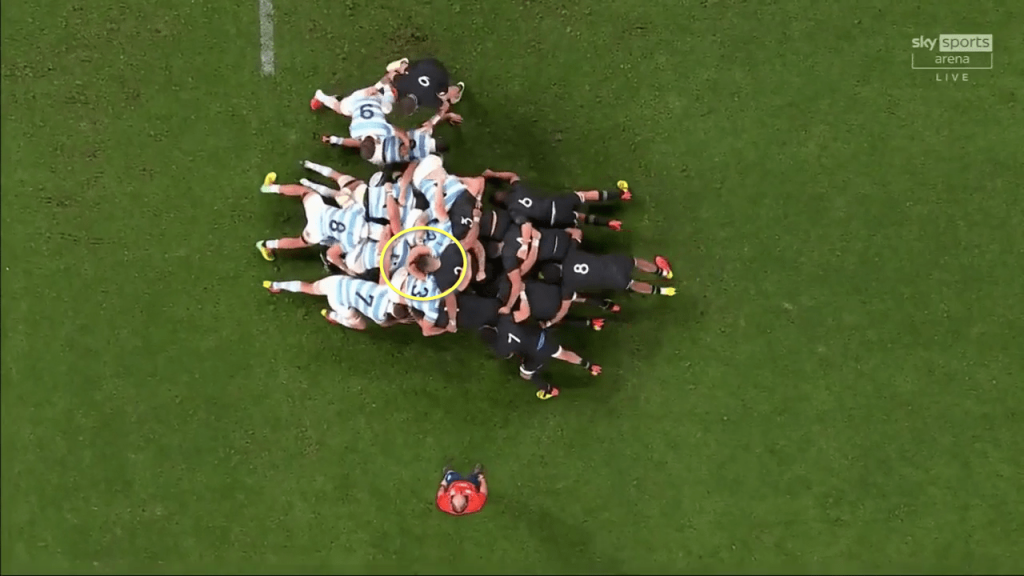The raw stats do not always tell the tale. Sometimes, they can even be misleading. Back in the good old amateur days, props were universally bigger than hookers – much, much bigger. While props stood proud and strong as the immovable pillars of the scrum, hookers were known for their lithe flexibility in the tight, and their all-action, firecracker displays in the loose.
In the scrums, their hips would swing across the tunnel and a foot flicker out, like a snake’s tongue towards the ball to rake it back. Think Tane Norton of New Zealand, Ken Kennedy of Ireland, Brian Moore of England, Colin Deans of Scotland.
There were always the outliers who pointed the way ahead. One of them was Bobby Windsor of Pontypool and Wales in the 1970s – the decade of the ‘Viet Gwent’. What is not known about that redoubtable Pontypool front row is that Windsor played much larger than both of his props, ‘Charlie’ Faulkner and Graham Price.

Despite being listed at around 14 and a half stones (93 kilos), more often than not he played at somewhere between 17 and 18 stones (108-114 kilos). ‘Pricey’ at tight-head was no more than 88-95 kilos at his true fighting weight. The stats do not always tell the tale.
The new trend towards the big hooker was followed intermittently in other countries. France’s captain and middle-man in the first-ever World Cup final in 1987, Daniel Dubroca, had originally played international rugby as a tight-head prop, while Argentina’s Federico Mendez moved to hooker from the other side of the scrum.
There were other oversized trend-setters in the Southern Hemisphere associated with either Grand Slam, or World Cup-winning teams, such as Tom Lawton and Phil Kearns in Australia, and Sean Fitzpatrick in New Zealand.
The teams in which those hookers played featured scrums that were always immoveable, and frequently irresistible. The power that a hooker like Windsor or Mendez could transmit through the centre of the set-piece was formidable. The props just had to keep up with them.
By modern standards, the current New Zealand rake, the Crusaders’ Codie Taylor, is slightly under-nourished at a listed weight of 108 kilos. He is coming under pressure for his starting job from the aptly-named Samisoni Taukei’aho of the Chiefs, who is seven kilos heavier.
In the professional era, the position has just kept on growing. As the New Zealand scrum guru Mike Cron commented before the 2015 World Cup:
“Under the new rules, the hooker has to scrummage every bit as well as a tight-head prop. He’s got a lot of isometric loading from the scrum and he needs to be a lot more flexible [to hook the ball].
“Colesy [Dane Coles] is about 108.5 kilos and has been 110 kilos. When he first came in, he was 100 kilos, so he’s carrying quite a bit more, but he’s just as dynamic because it’s good weight.
“Nathan Harris came into our environment this year and he’s already put on 5 kilos, so we’ve banged on some weight through the players’ understanding of what they eat. Nutrition is the key. A lot of them are not fuelling enough.”

The stakes are only getting higher: the top operators in the position, like Malcom Marx of South Africa, Julian Montoya of Argentina, Luke Cowan-Dickie and Jamie George of England are all in the 115-kilo bracket.
By modern standards, the current New Zealand rake, the Crusaders’ Codie Taylor, is slightly under-nourished at a listed weight of 108 kilos. He could now find himself coming under pressure for his starting job from the aptly-named Samisoni Taukei’aho of the Chiefs, who is seven kilos heavier.
Taukei’aho has enjoyed a notable Rugby Championship. After starting the early games from the bench, he received a man-of-the-match award for his display in the second game versus Argentina.
With their very own Samson in the front row, the New Zealand scrum changes from above average to dominant. There were already unmistakable signs of the quality of the Chiefs’ man at two important late five-metre scrums versus Australia in the second Bledisloe Cup game:
Taukei’aho’s immediate opponent is no mug – far from it. It is 120-kilo Jordan Uelese (in the number 16 jersey), one of the two best scrummaging hookers in Australia, and a man used to having his own way at the set-piece. But it is Uelese’s back which is being bent, and buckling under the pressure applied by Samisoni:

When the hooker appears as the player at the apex of the set-piece, it is never a good sign. The two Wallaby props stay low, but the man in between them is being squeezed upwards like a pip from a lemon.
It was the same story at an Australian feed close to the New Zealand line:

The set-piece slews sideways and backwards, and once again Uelese is at its apex, absorbing the pressure rather than generating it.
The good impression that Taukei’aho made off the bench against the Wallabies was reinforced by his start against the Pumas. With the additional benefit of the overhead, ‘eagle’s eye’ camera angle, it is also an education in how modern scrummaging has evolved to feature the hooker as a primary component – not as just the skinny slice of meat in a doorstep sandwich:
When the pressure comes on, the first sign of weakness is the release of Julian Montoya’s right arm bind on his tight-head prop. That means said pressure is being delivered through the opposing hooker, and through the centre of the scrum:

The small sign of a broken link became bigger at the next Argentine feed:
There is enough movement in the set-piece to disrupt the connection between the Pumas number 8 and 9 and force a knock-on. The pressure is being delivered straight underneath Montoya’s right arm bind by Taukei’aho, who has completely separated the Argentine hooker from his tight-head:

Samisoni is the most advanced front-rower in the All Blacks’ scrum, he is ‘the tip of the spear, the edge of the knife’. The same was true at a New Zealand scrum set on the Pumas five-metre line midway through the first period:
The pressure up the middle causes an adjustment in Montoya’s bind as Taukei’aho drills the gap and the Kiwi set-piece heaves forward, creating an easy 8-9 try on the short side for T.J. Perenara.
Codie Taylor has established a reputation as an outstanding hooker in the open – following in the footsteps of Dane Coles – so it is also essential that Taukei’aho is able to play the role in the wide channel on attack that was a speciality of the Wellington man. Mike Cron again, speaking in 2014:
“You take a guy like Andrew Hore. We tweaked our attack system last year a little and he ended up playing on the wing quite a bit. It’s fair to say it wasn’t natural and he hated it out there.
“But he worked hard at the skills, especially the draw and pass, and in that South African Test [in Johannesburg last year] he passed it twice out wide that led to tries.”
The All Blacks will still use that classic Canterbury pattern in which the hooker finds himself linked with a back-rower and an outside back in the wide channels:
Although the flicked in-pass in the first example was eventually called back for travelling forward, there is clearly enough material to encourage the New Zealand coaches to develop Samisoni Taukei’aho further.
With not one, but two monstrous South African front rows hoving into view over the next fortnight as The Rugby Championship reaches boiling point (one starting, the other on the bench), he is sure to get a chance, because New Zealand will need all the scrummagers it can get.
With their backs firmly against the wall, the South Africans will have something to say about the Kiwi claim to the title of number one team in the world. The All Blacks will need a real hard core in their front row to answer back.



Comments
Join free and tell us what you really think!
Sign up for free